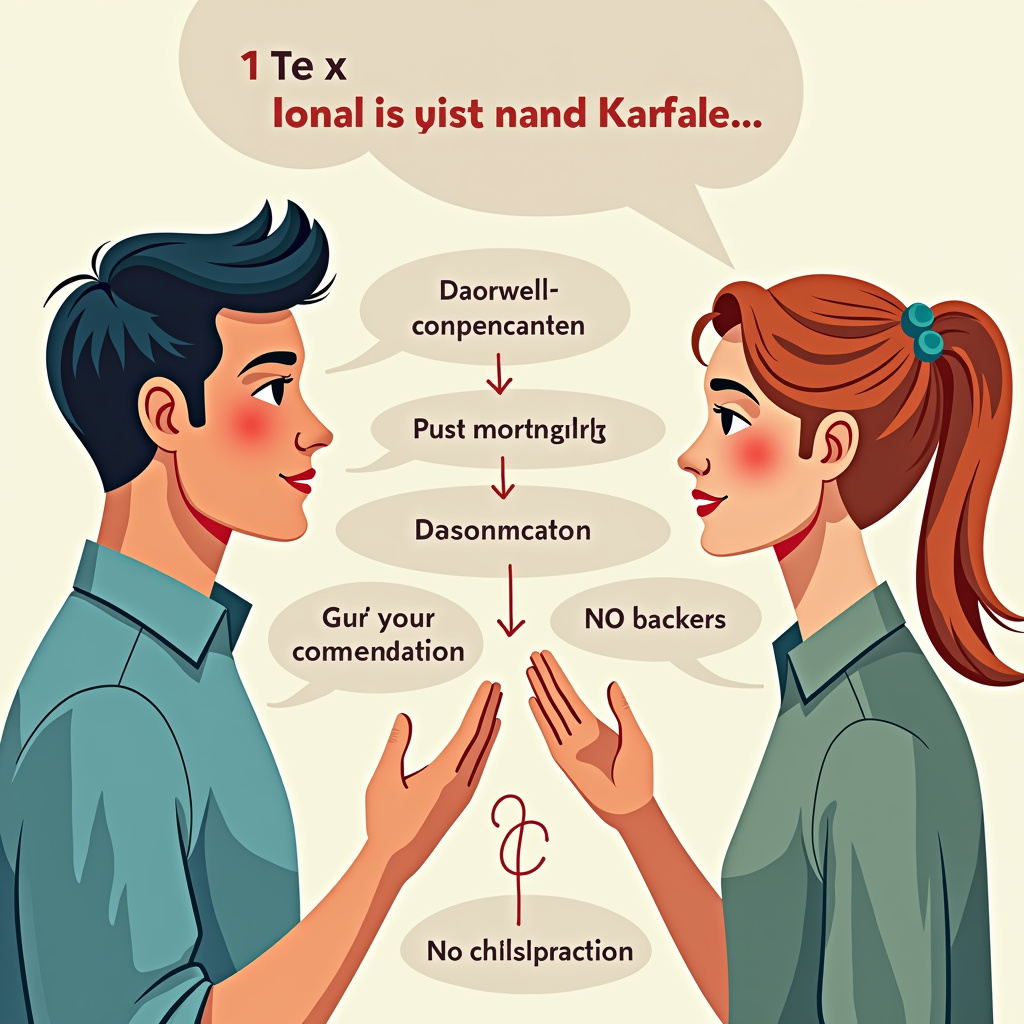How to Reconnect When Your Partner is Pulling Away: A Step-by-Step Guide
Experiencing distance in a partnership can be unsettling, especially when life throws curveballs like the pressures of the holiday season or demanding professional commitments. If you’ve noticed your partner becoming emotionally or physically distant, learning how to reconnect when your partner is pulling away is crucial for maintaining the health and longevity of your relationship. This practical guide will walk you through a structured, step-by-step process designed to foster understanding, rebuild intimacy, and re-establish strong communication patterns.
Prerequisites: Preparing for Connection
Before initiating any conversation or change in behavior, you must ensure you are entering the process from a place of self-awareness and calm. Attempting to force connection when you are feeling anxious or reactive often backfires.
1. Self-Assessment and Emotional Regulation
Take time to objectively observe the situation without assigning immediate blame. Are the signs your partner is pulling away a consistent pattern, or do they correlate with specific stressors, such as staying connected during stressful work periods or recent family conflicts?
- Identify Your Triggers: Understand what your partner’s withdrawal does to you. Does it provoke anxiety, anger, or sadness?
- Practice Self-Soothing: Before approaching your partner, engage in activities that ground you, such as deep breathing, exercise, or journaling. You need to be regulated to offer genuine support rather than demanding reassurance.
2. Define Your Goal
Your primary goal should not be to "stop" the pulling away, but rather to understand the underlying cause and re-establish open lines of dialogue. Focus on curiosity over accusation.
Step-by-Step Guide to Reconnection
This structured process moves from observation to communication, and finally, to collaborative action.
Step 1: Observe and Validate the Distance Non-Judgmentally

Resist the urge to immediately confront or criticize the distance. Instead, focus on gathering information by watching for behavioral cues.
- Document Specific Behaviors: Note instances when you feel disconnected. For example, "We haven't shared more than five minutes of uninterrupted conversation all week," rather than, "You ignore me."
- Acknowledge External Factors: Consider if the distance aligns with known stressors. If you are navigating managing in-law relationship stress during a long visit, the withdrawal might be a coping mechanism, not a rejection of you.
Step 2: Initiate a Low-Pressure Check-In Conversation
Timing and setting are everything. Choose a moment when neither of you is rushed, tired, or distracted by screens. This is not the time for heavy holiday relationship advice debates, but a gentle opening.
- Use "I" Statements to Express Observation: Start by focusing on your feelings prompted by the distance, not their actions.
- Example: "I’ve noticed we haven't felt as connected lately, and I miss our usual closeness. I wanted to check in about how you are feeling."
- Create Space for Their Response: After posing the check-in, stop talking. Allow for silence. Do not fill the void with justifications or apologies. Your role here is to listen actively.
Step 3: Practice Deep, Empathetic Listening
This step is the core of effective communication in marriage or long-term partnership. When your partner speaks, your only task is to understand their perspective.
- Reflect and Validate: Repeat back what you hear to ensure accuracy and show you are processing their words.
- Example: "It sounds like you’ve been feeling overwhelmed by work deadlines, and that withdrawal is your way of protecting your energy. Is that right?"
- Avoid Problem-Solving Immediately: Even if you instantly know the solution, hold back. Validation precedes solutions. If they are pulling away due to stress, offering solutions before acknowledging the stress feels dismissive.
Step 4: Identify the Root Cause Together

Once the immediate emotional temperature has lowered, you can collaboratively explore what is driving the need for space.
- Ask Open-Ended Questions: Shift from what you observe to why it is happening.
- "What do you need more of right now—space, quiet time, or different kinds of support from me?"
- "Is there anything specific contributing to this feeling of distance that we haven't talked about?"
- Address Specific Stressors: If the issue relates to external pressures, acknowledge them directly. If you are looking for dating advice for the new year, this conversation might reveal that your current routines are stale and need refreshing, which can be addressed later.
Step 5: Collaborate on Small, Actionable Reconnection Steps
Based on the identified needs, co-create a small, manageable plan for the immediate future. The goal is consistency, not grand gestures.
- Define "Connection": Ask your partner what reconnection looks like to them. It might be 20 minutes of device-free time before bed, or a shared activity on Sunday morning.
- Schedule "Micro-Moments": Agree on a small, non-negotiable time commitment. For instance, "Let’s commit to having coffee together, without discussing chores or logistics, every morning this week."
Step 6: Follow Through and Reassess
Consistency builds trust and reverses the pattern of distance. Implement the agreed-upon steps immediately and check in briefly at the end of the agreed period.
- Express Gratitude for Effort: Acknowledge when your partner makes an effort to meet the agreement, even if it felt slightly awkward. Positive reinforcement encourages repetition.
- Reassess: If the distance persists despite these efforts, return to Step 2, acknowledging that the initial assessment might have missed a deeper issue.
Common Mistakes to Avoid

Recognizing pitfalls is as important as following the steps correctly. Avoid these common reactive behaviors when dealing with withdrawal:
- The Chasing Reaction: Do not increase your pursuit, demands, or texts when your partner withdraws. This often triggers further retreat, as they feel suffocated.
- The Counter-Withdrawal: Do not punish their distance by withdrawing yourself. This creates a negative feedback loop where both partners retreat simultaneously.
- Assuming Malice: Never assume the pulling away is a deliberate attack on you or the relationship. It is usually a symptom of internal distress, exhaustion, or an unmet need.
- Bringing Up Past Issues: Keep the conversation focused solely on the current state of disconnection. Bringing up old fights, especially when discussing managing in-law relationship stress or past holiday relationship advice mishaps, derails the present effort.
Expected Results and Success Metrics
Success in this process is not defined by an immediate return to perfect harmony, but by measurable improvements in communication quality and emotional safety.
- Increased Transparency: You feel less need to guess what your partner is thinking or feeling.
- Lowered Anxiety: Your own anxiety levels decrease because you have a clear, constructive process to follow instead of reacting impulsively.
- Shared Ownership: Both partners acknowledge the need for adjustment and take responsibility for contributing to the reconnection efforts.
Conclusion and Next Steps
Reconnecting requires patience, courage, and a commitment to effective communication in marriage. By approaching your partner with curiosity rather than criticism, you create the necessary space for them to safely return. If, after diligently following these steps, the distance remains profound, it may be time to consider external support.
For advanced options, schedule a session with a couples therapist. A neutral third party can help illuminate blind spots, especially when navigating complex external pressures like prolonged periods of high stress or significant life transitions. Remember, a strong relationship weathers storms by strengthening its connection points, not by ignoring the cracks.



